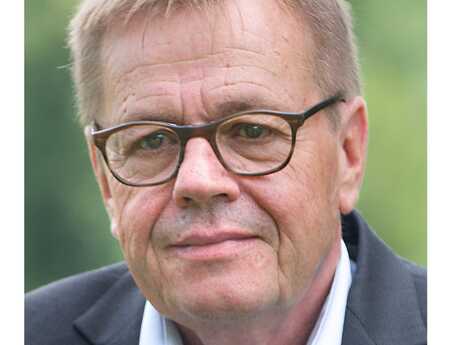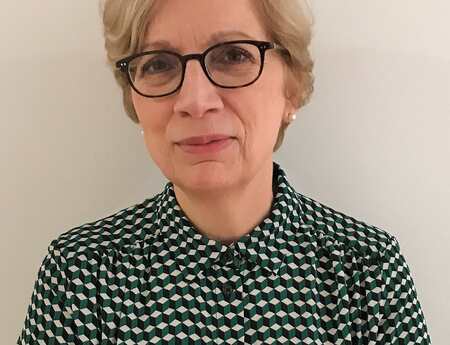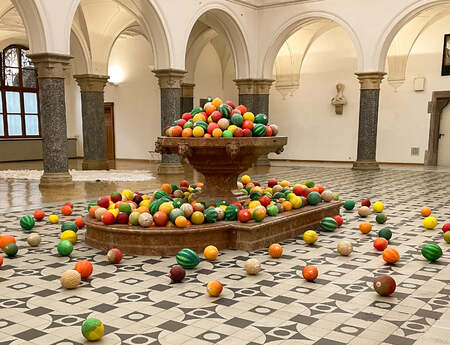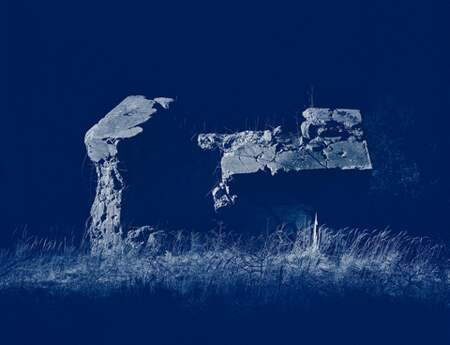Touch me!
Strictly forbidden! Normally, you would not be allowed to touch the sculptures on display, but the Sprengel Museum Hannover encourages it (at least to a certain extent). An exhibition of works by sculptors Tony Cragg, Richard Deacon and Barbara Hepworth running until 4 May 2025 offers a tactile (art) experiences. You can touch the works of art (with a few restrictions).
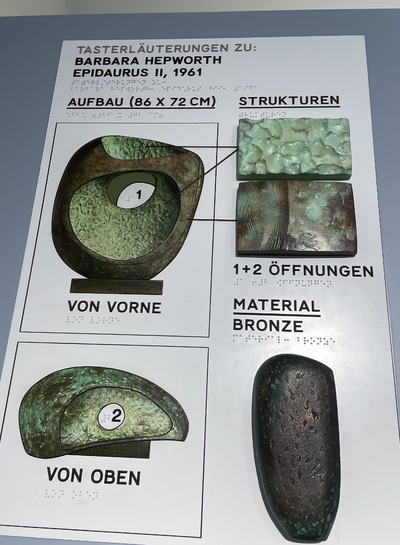
Visitors, on the other hand, are tempted to approach the sculptures, to touch and feel them, to trace the material with their hands. Each type of material has its own unique surface, texture and exposure that is best felt with bare hands. Sculpture can only be “grasped” by literally touching it, Henry Moore believed. Similarly, his fellow sculptor Barbara Hepworth, a major figure in British post-war sculpture, was a firm believer that sculpture could only be understood through contact and touch: “I think that every sculpture must be touched… You can’t look at a sculpture if you are going to stand stiff as a ramrod and stare at it”, she pointed out.
The exhibition in the Focus Room of the Sprengel Museum allows visitors to touch the surface of three different works of art, to feel their outlines and contours, and to trace their shapes. Not with bare hands, but with gloves, and as part of a guided “sensory tour”. A studded floor system guides the visitors through the exhibition, and an audio description is available to introduce each work of art.
Barbara Hepworth – Epidauros II
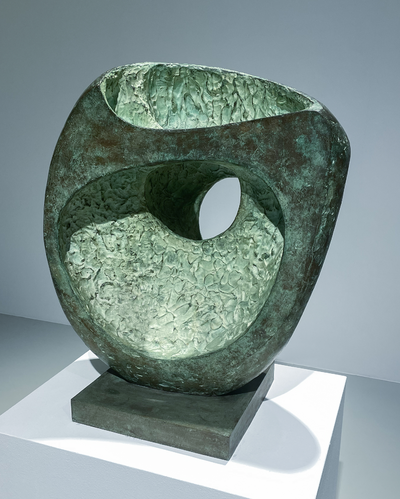
Richard Deacon – Another Kind of Blue
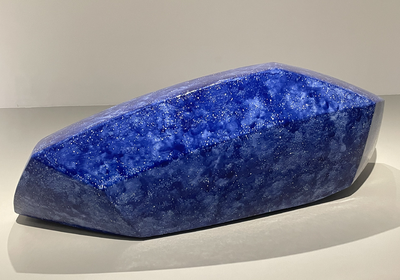
Tony Cragg – The Box
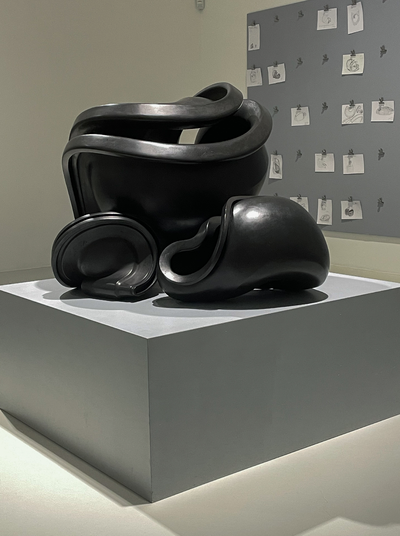
Understanding sculptures literally touch by touch
The works of Barbara Hepworth, Richard Deacon and Tony Cragg explore forms, surfaces, structures, layers and interspaces and reveal the artists’ intense preoccupation with the material, its shape, form, malleability, the interplay between material and colour, and between object and space, all of which are part of the creative process.
Sculpture is not about reproducing reality but about exploring the possibilities of a material. Sculptures in wood, stone, bronze, glass and steel can be touched and felt, and their thermal parameters, shape, contours and texture can be traced allowing the works to be explored beyond the visual. The physical encounter is central to sculpture. Touching and feeling the works determines their shape and form and allows for an intense physical experience.
In practice, however, exhibitions have tended to focus on the visual perception of works of art. With this exhibition, the Sprengel Museum Hannover is introducing an “experience-oriented way of visiting and encountering a museum”. This change of perspective and its haptic approach to feeling and understanding the works on display can only be welcomed. The tactile experience of art is particularly relevant given the predominantly digital lives of so many people. This is not a new insight, and the Hannover museum exhibition is an attempt to reconnect with this development, once again.
Written by Willy Hafner in German
The exhibition Skulpturen Erfassen runs until 4 May 2025. More information can be found here.
Looking for more tactile art? Last year, our author Sophie Fendel explored the fascination of touching bronze sculptures exhibited in public space in this article.

